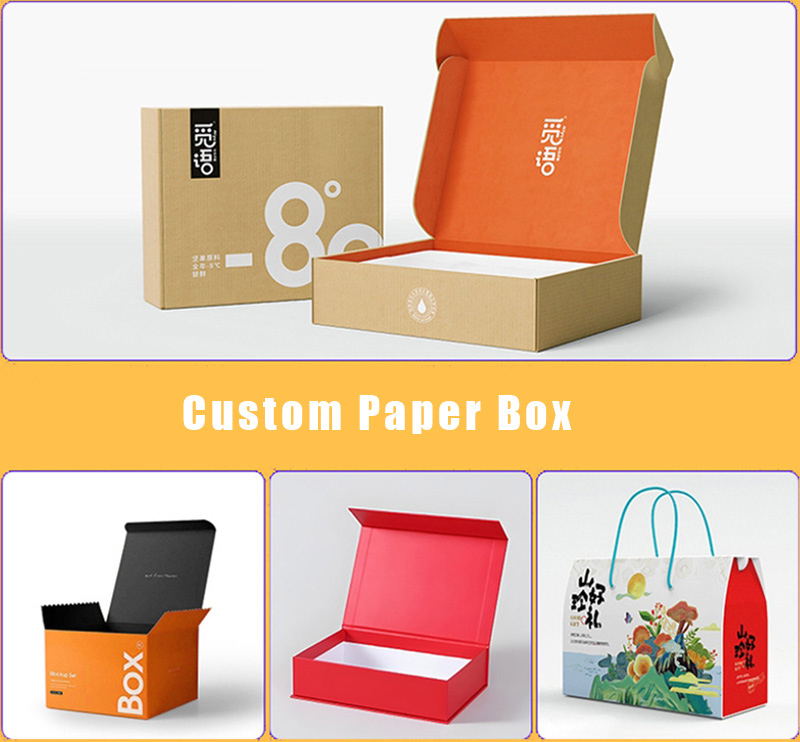When it comes to reducing our environmental footprint, the type of packaging we choose plays a significant role. With so many options available, it can be challenging to determine which packaging materials are truly eco-friendly.
One of the top contenders is biodegradable packaging. Made from natural materials like cornstarch or mushroom roots, this type of packaging breaks down quickly without leaving harmful residues. It’s an excellent alternative to traditional plastic and is often used for food containers and protective cushioning.
Another popular option is compostable packaging. Unlike regular plastics, compostable materials decompose into organic matter under the right conditions. Look for certifications like “BPI” to ensure the packaging meets compostability standards. Many companies now use compostable mailers and food service items to minimize waste.

Recycled cardboard and paper-based packaging are also among the most environmentally friendly choices. These materials are widely recyclable and often made from post-consumer waste. From shipping boxes to product inserts, recycled paper packaging products help reduce deforestation and energy consumption.
For products that require durability, reusable packaging offers a long-term solution. Glass jars, metal tins, and sturdy totes can be repurposed by consumers again and again, significantly cutting down on single-use waste.
So, what’s the best choice? There’s no one-size-fits-all answer. The most sustainable option often depends on the product’s needs, the supply chain, and end-of-life disposal. However, prioritizing renewable, recyclable, or compostable materials is always a step in the right direction.


copyright @ 2025 Xiamen Jiangxin Plastic Box Co., Ltd. All Rights Reserved.
Sitemap
/ Blog
/ Xml
/ Privacy Policy
 Network Supported
Network Supported